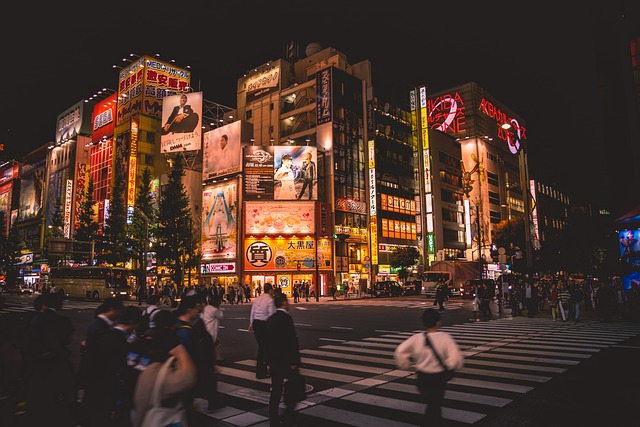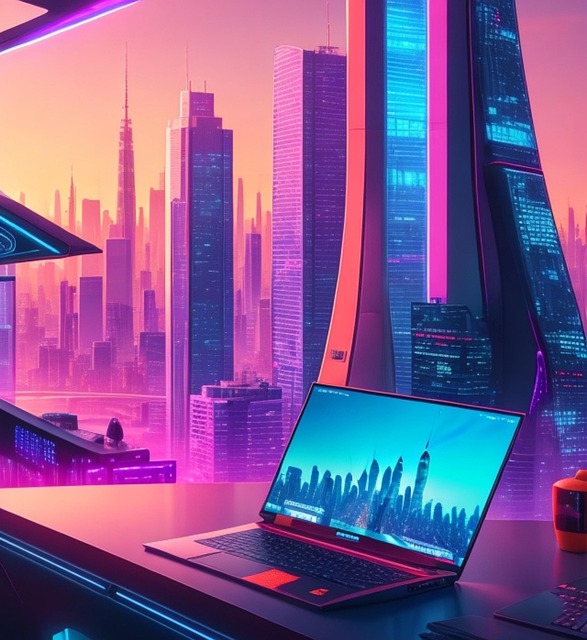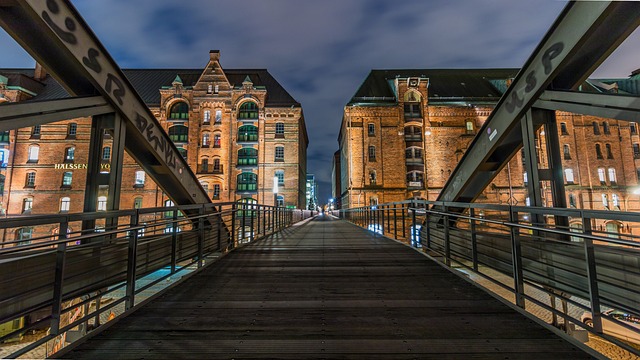Karachi's Bahria Town faces transportation challenges due to rapid growth but is transforming its public transport system. The current mix of buses, cars, and occasional metro services struggles with congestion and inefficient service. However, initiatives like the Karachi Metro, modern buses, BRT corridors, and infrastructure projects promise improved mobility. By adopting advanced systems from global leaders like Singapore, Tokyo, Berlin, and Stockholm, Karachi can enhance its public transport network for a better quality of life.
“Discovering Sustainable Mobility: Public Transport in Bahria Town, Karachi”
Karachi, Pakistan’s bustling metropolis, faces unique challenges in its public transport system as it continues to grow rapidly. This article explores the current scenario of public transportation in Bahria Town, a vibrant urban area within the city. We delve into the benefits of efficient public transport for such rapidly growing cities, highlighting challenges faced by Karachi and potential improvements. Additionally, we examine successful initiatives from similar global urban areas, offering insights into the future of enhanced connectivity in Karachi.”
- The Public Transport Scenario in Bahria Town Karachi
- Benefits of Using Public Transport in a Rapidly Growing City
- Challenges and Improvements in Karachi's Public Transportation Network
- Key Initiatives and Future Plans for Enhanced Connectivity
- A Look at Successful Implementation Examples in Similar Urban Areas
The Public Transport Scenario in Bahria Town Karachi

Bahria Town Karachi, a bustling metropolis within the city, presents an intriguing public transport scenario. The area’s rapid development has led to a growing demand for efficient and accessible transportation options. Residents and visitors alike rely on a combination of local buses, private vehicles, and occasional metro services to navigate this vibrant community.
Karachi’s public transport network extends its reach into Bahria Town, offering a mix of traditional and modern mobility solutions. While the primary focus remains on road-based transportation, the introduction of the Karachi Metro has added a new dimension to the city’s infrastructure. This rapid transit system provides a fast and efficient way to traverse long distances, potentially alleviating some of the traffic congestion often experienced in heavily populated areas like Bahria Town.
Benefits of Using Public Transport in a Rapidly Growing City

Using public transport in Karachi, a city characterized by rapid growth and bustling streets, offers numerous advantages for residents and visitors alike. One of the key benefits is reduced traffic congestion. As more people opt for buses or trains instead of private vehicles, roads become less crowded, leading to shorter travel times and improved overall mobility. This is especially crucial in Karachi, known for its heavy traffic during peak hours.
Additionally, public transport promotes environmental sustainability. By encouraging mass transit, there is a decrease in carbon emissions from individual cars, contributing to a cleaner and greener Karachi. This eco-friendly approach aligns with global trends and helps mitigate the city’s environmental challenges, making it a healthier place to live. Moreover, it provides an affordable travel option for all, ensuring accessibility to various parts of the metropolis without straining personal finances.
Challenges and Improvements in Karachi's Public Transportation Network

Karachi, Pakistan’s economic hub, has long grappled with an inadequate public transportation network, characterized by congestion and inefficient services. The city’s rapid urbanization and population growth have exacerbated existing challenges, making navigation difficult for both residents and visitors. Old and overcrowded buses, along with a lack of proper bus stops, have led to poor passenger experiences. Additionally, the absence of a comprehensive transport system has contributed to air pollution and increased traffic jams.
However, recent efforts by the Karachi Metropolitan Corporation (KMC) and other stakeholders have brought about improvements. New initiatives include the introduction of modern, air-conditioned buses, the development of dedicated bus rapid transit (BRT) corridors, and the integration of various transport modes. These advancements aim to provide faster, safer, and more comfortable travel options for Karachis. In terms of infrastructure, the city is witnessing the construction of elevated roads and flyovers to ease congestion at busy intersections. Such developments bode well for the future of public transportation in Karachi, promising enhanced mobility and a better quality of life for its diverse population.
Key Initiatives and Future Plans for Enhanced Connectivity

Bahria Town Karachi, recognizing the growing need for efficient public transport, has embarked on ambitious initiatives to enhance connectivity within the metropolis. Key projects include the expansion and modernization of existing bus routes, introducing eco-friendly electric buses to reduce pollution, and integrating smart technology for real-time tracking and improved passenger experience. These efforts are aimed at making public transportation more accessible, convenient, and reliable for Karachis.
Looking ahead, the future plans involve further digitalization with mobile apps for easy ticketing and route planning, as well as the exploration of advanced transport systems like rapid transit networks. The ultimate goal is to create a seamless and efficient transport network that caters to the diverse needs of the city, contributing to a more connected, sustainable, and livable Karachi.
A Look at Successful Implementation Examples in Similar Urban Areas

In recent years, several urban areas worldwide have successfully implemented efficient public transport systems, transforming urban mobility and improving quality of life for residents. For instance, cities like Singapore and Tokyo have pioneered advanced mass transit systems, integrating diverse modes such as buses, trains, and metro lines, ensuring seamless travel experiences. These models can offer valuable insights for Karachi’s public transport development.
Karachi, as a rapidly growing metropolis, can learn from successful cases where comprehensive urban planning has led to robust public transportation networks. Cities like Berlin and Stockholm have successfully integrated sustainable practices, encouraging the use of electric buses and cycle-sharing programs alongside traditional public transit, thereby reducing environmental impact and promoting healthy lifestyles. Adopting such strategies could significantly enhance Karachi’s public transport system, aligning with global trends in urban mobility.
Karachi, as a rapidly growing metropolis, faces unique challenges in its public transport infrastructure. The article has explored these complexities, highlighting the benefits of efficient public transportation for such urban centers. By addressing current issues and implementing key initiatives, Bahria Town Karachi can significantly enhance connectivity. Learning from successful examples in similar urban areas serves as a blueprint for navigating the city’s transport landscape, ensuring a more sustainable and accessible future for its folks.
